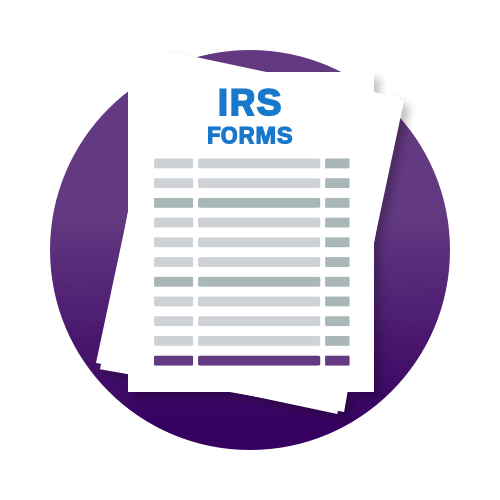- Find an office
-
File Your Taxes
 Find a Location
Find a Location -
Resolve Tax Issues
 Resolve Tax Issues
Resolve Tax IssuesResolve Tax Issues
-
Tax Resources
 See all Tax Help
See all Tax HelpTax Tools
Tax Tips & Resources
- Refund Advance
- Hiring Local Jobs!
- Tax Services
- Promotions & Coupons
- Where's My Refund
- Careers
- Search
- Contact Us
- Feedback
-
 Log in | Sign up
Log in | Sign up

JH Accounts
|
|
Oh no! We may not fully support the browser or device software you are using ! To experience our site in the best way possible, please update your browser or device software, or move over to another browser. |
IRS FORMS: FORM 2210
Understanding Form 2210: Penalties for Underpayment of Estimated Taxes

What is IRS Form 2210? Learn about Form 2210 and Penalties for Underpayment of Estimated Taxes here.
What is Form 2210?
Form 2210 is used to determine how much you owe in underpayment penalties on your balance due.
This is most common with self-employed taxpayers and taxpayers with significant sources of income that are not subject to routine tax withholding, like investment income or Social Security benefits. Failure to make estimated tax payments or not enough withholdings to cover your taxes due may result in an underpayment penalty.
If you are subject to an underpayment penalty and would like to pay it with your tax return, you will need to fill out and file Form 2210 with your tax return, reporting the penalty amount on Form 1040.
How is the underpayment penalty calculated?
Generally, taxpayers are exempt from the underpayment penalty if their total balance due at tax filing time is less than $1,000. This calculation may arise from some combination of credits, deductions, withholding, and making sufficient estimated tax payments.
If you owe $1,000 or more, the penalty is calculated by quarter then summarized on Form 2210. For example, if your tax liability is $2,000, it is assumed you should have been making $500 quarterly tax payments with Form 1040-ES. The penalty is calculated based on missing four $500 payments.
If your income is subject to fluctuation, Part IV and Section B of Form 2210 provides a worksheet to compute the variances in your taxable income. If less income was earned in one quarter than another, this penalty would be adjusted accordingly.
Calendar year quarters are:
- Rate Period 1: January 1-April 15
- Rate Period 2: April 16-June 30
- Rate Period 3: July 1-September 30
- Rate Period 4: October 1-January 15 of the following year
Are there any exceptions to the underpayment penalty?
In addition to the small tax liability exemption outlined above, there are other waivers for the underpayment penalty.
If you reached age 62 and retired or became disabled, you can have the underpayment penalty waived provided your failure to sufficiently withhold or make estimated tax payments was due to a reasonable cause. Reasonable causes include financial hardship from a sudden loss of income, or loss of physical and/or mental control over faculties. Willfully ignoring tax obligations despite being at least 62 years old and entering retirement does not itself waive the penalty.
Taxpayers who experience unusual casualties and/or disasters where it would be inequitable to impose this penalty can also seek an exemption. Grievous illnesses, damage to your home in a disaster, and fleeing domestic violence may also qualify for penalty waivers.
Taxpayers in federally declared disaster areas should receive an automatic underpayment penalty waiver as the IRS automatically identifies affected areas throughout the tax year.
Am I required to manually fill out Form 2210?
If you are excused from an underpayment penalty due to having a tax liability under $1,000 or if you have an eligible waiver, you do not need to include Form 2210 with your tax return.
If you owe an underpayment penalty, you can omit the form and have the IRS manually calculate your penalty and send a bill.
Because trust, guarantees, convenience & money all matter

-
TRUSTED GUARANTEES.
Be 100% certain about your money & your taxes, year after year.
-
NATIONAL PRESENCE. LOCAL HEART.
We’re in your neighborhood & inside your favorite Walmart store.
-
40+ YEARS. 65+ MILLION RETURNS.
The kind of trusted expertise that comes with a lifetime of experience.





